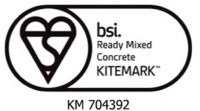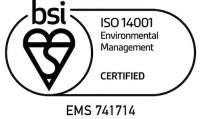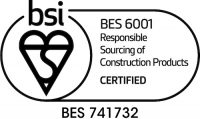Aggregates are an important part of a wide range of construction applications, used in domestic and commercial projects alike, and they make up a huge part of the composition of materials such as concrete and cement. Aggregates are, by definition, a collection of loose materials such as sand, gravel and crushed stone. They are sourced from quarries, pits and even from materials taken from the sea in some countries. Ready mixed concrete is made from around 80% aggregates, and asphalt consists of 95% aggregates.
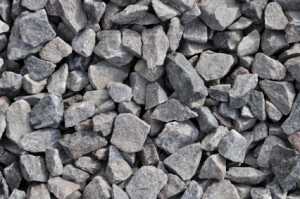
Type 1: Granite Aggregates
This is the best aggregate for high-grade concrete, and as it comes in a variety of shades, like grey, red and pink, it can also be used as a decorative feature. Granite itself is composed of feldspar, quartz and mica crystals, which dictate the colour of the stone.
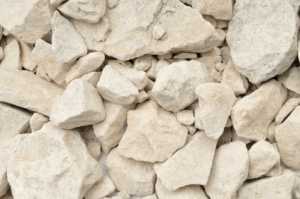
Type 1: Limestone Aggregates
Limestone aggregates are creating through the crushing of sedimentary rock. This type of aggregate is one of the most commonly used in road construction and reinforced concrete aside from granite and gravel.
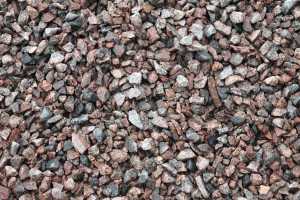
Gravel/Ballast Aggregates
Gravel aggregates are sourced by sifting quarried rock and crushing natural stone. Gravel aggregates don’t possess as much strength as their granite counterparts, but they are often cheaper to purchase. Another, somewhat niche, but nevertheless positive quality is that it has a low radioactive content. Gravel aggregates are used for foundations and concretes, as well as products made of reinforced concrete and materials used in road construction. There are two types of gravel aggregates:
- Scrabbled stone – regular, natural or crushed
- Gravel – rounded pebbles usually from river or sea origin
Secondary Aggregates
Obtained by crushing construction waste (concrete, bricks and asphalt), secondary aggregates are designed as an effective, low cost option to other materials. It is approximately two times cheaper than granite, but it is not as strong as its costlier counterpart. However, secondary aggregates have a wide range of uses: a large scale filler for concretes with strengths of 5-20 MPa, road construction, maintenance works (used under asphalted areas and pavements) and for reinforcing weak soils.
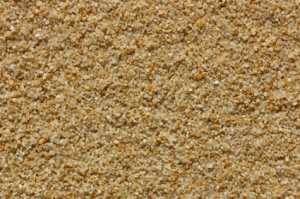
Sand
Sand is used to provide bulk and strength for materials like asphalt and concrete, as well as being used for decorative purposes. Sand combines with water and other aggregates to form the solid, durable concrete that is used in countless applications all over the world. It also plays a key role in the binding agent in asphalt, transporting it throughout the mix.
EasyMix are proud to provide a wide range of aggregates through our London aggregate supply service. Our knowledge and experience in the industry means we know what makes the perfect aggregate, and we will endeavour to supply our customers with whatever they need in a prompt and efficient manner. Get in touch with us today to find out more.

